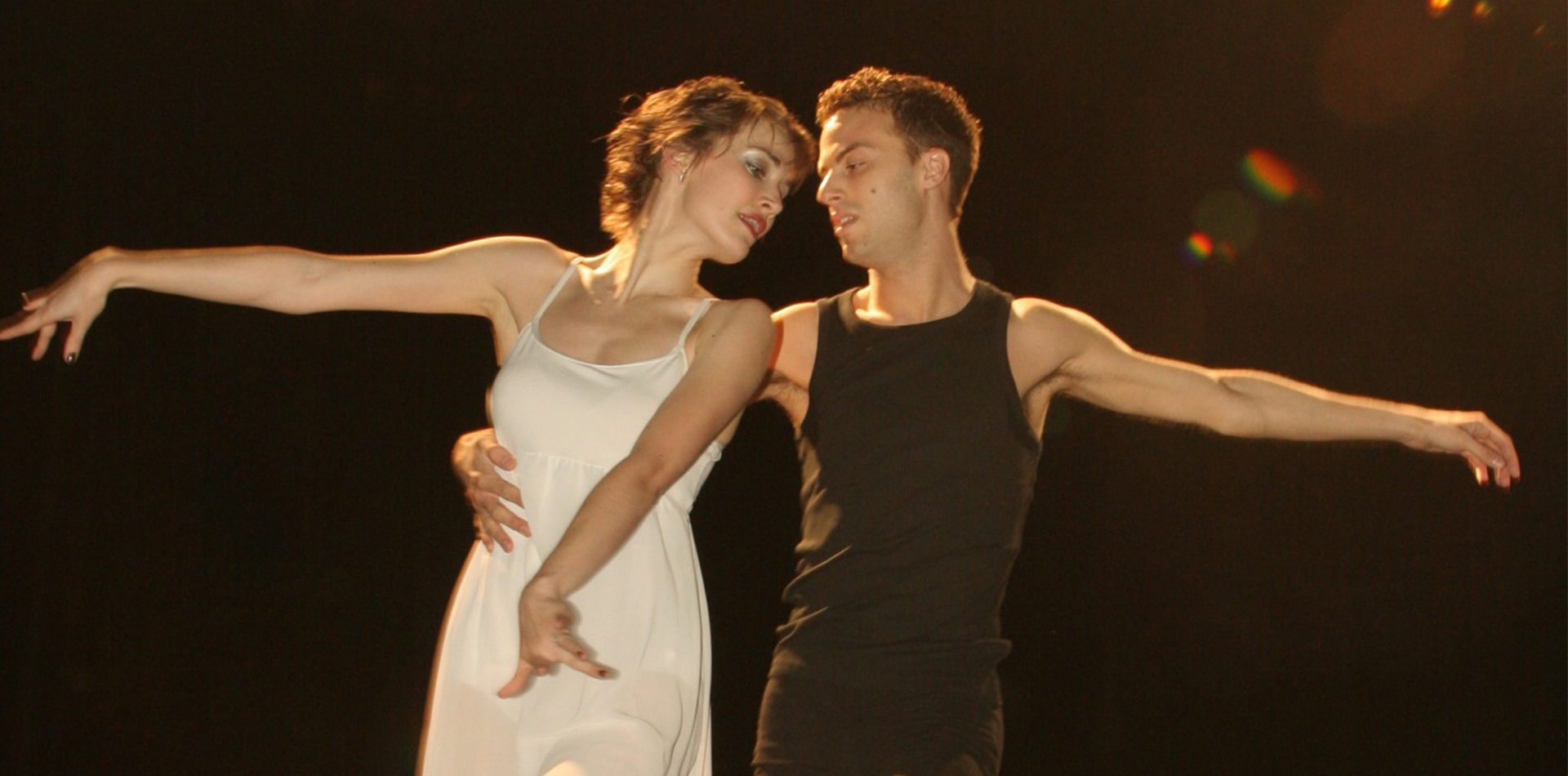Walking Like a Dancer

There’s a secret exercise I like to do as I walk around the city: I tone my core slightly, pull up through my abs and back, and stand as straight as I can. I also let my legs swing a bit more, focusing on allowing gravity to propel my back leg towards my spine, with only a short burst of energy to swing it out front. Yep, I’m practicing my dancing.
I’m all about finding new way to compare how we move in our everyday lives to dancing: It certainly makes it easier to learn if you can connect it to something you already know. And other than sleeping, what do we do more often than walking? (Maybe sitting in front of the computer, but you get my point).
Walking actually has a lot to do with dancing, especially for progressive dances like waltz, tango, and foxtrot. When you think about it, most of our steps are walking forward or backward – maybe with a little rotation here and there – to get from point A to B.
Let’s say you’re practicing a forward tango step. Like walking, you land on the heel of your foot and roll to the ball, before taking your next step. You also lift your foot and place it, rather than drag it along the floor – unless perhaps you’ve had a very late night.
How could we make it MORE like a tango? We could push off our back foot to propel us, and focus more on upright posture. We could soften the knees to lower our centre of gravity. And we could make the steps sharper, more staccato, to give it more of that “tango flavour”.
If we were dancing a foxtrot or waltz, we could add more brushing of the feet, or step on a bent knee while brushing the balls of our feet for rumba or other Latin dances (try practicing this while climbing a flight of stairs). It may take some conscious thought at first, but again, you’re basically still walking.
What if you’re walking backwards, as a follower? This can be a little tougher to wrap your head around, but imagine someone filmed you walking, then slowly rewound the tape.
What would it look like? The toe of your front foot would release, the foot would slide back behind you, and roll from the toe to the heel, as the toe for your next foot releases, and so on. Voila! You’ve got your backward walk technique.
Another way to adapt to the follower’s steps is to hold onto a chair back, placing your weight on one leg while swinging the other forward and backward. As it swings forward, the heel will naturally be closer to the ground, changing to the toes as it swings backward. We can then release the chair to travel onto that back foot, and swing the next leg back, and so on.
Over the next few weeks, I’ll show you how many of the things we do in day-to-day life can help demystify the weirdness of dance. See you then!
About the Author
Ian Crewe has been dancing ballroom for over 18 years, and has a Licentiate in American smooth and rhythm. His passion for dance eventually led him to blogging and the World Wide Web. Ian currently teaches at the Joy of Dance Centre, Toronto, ON, Canada.

